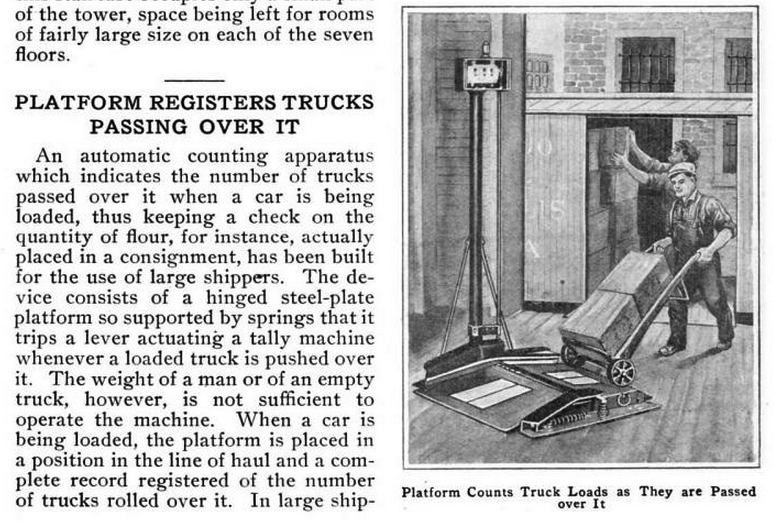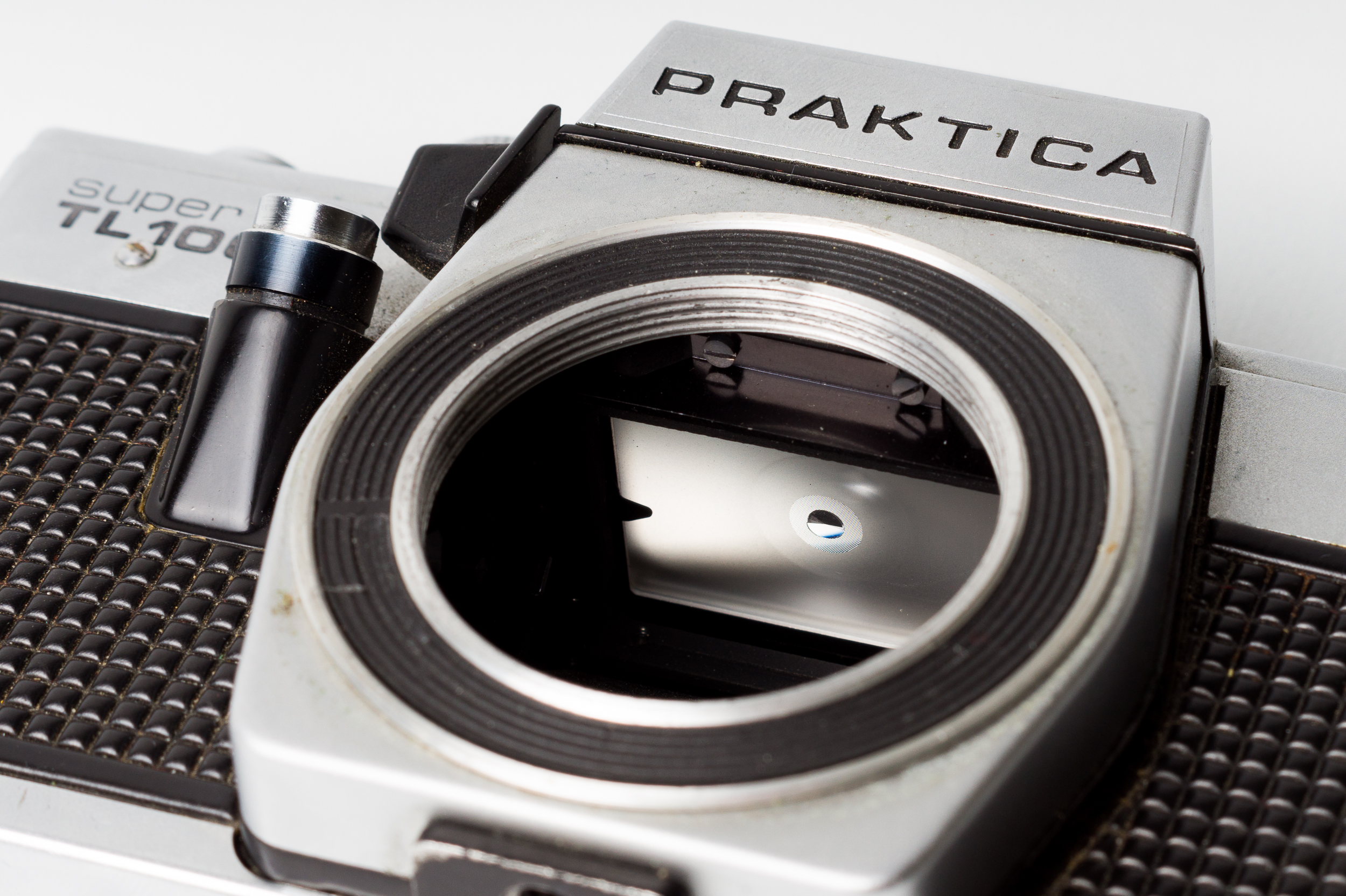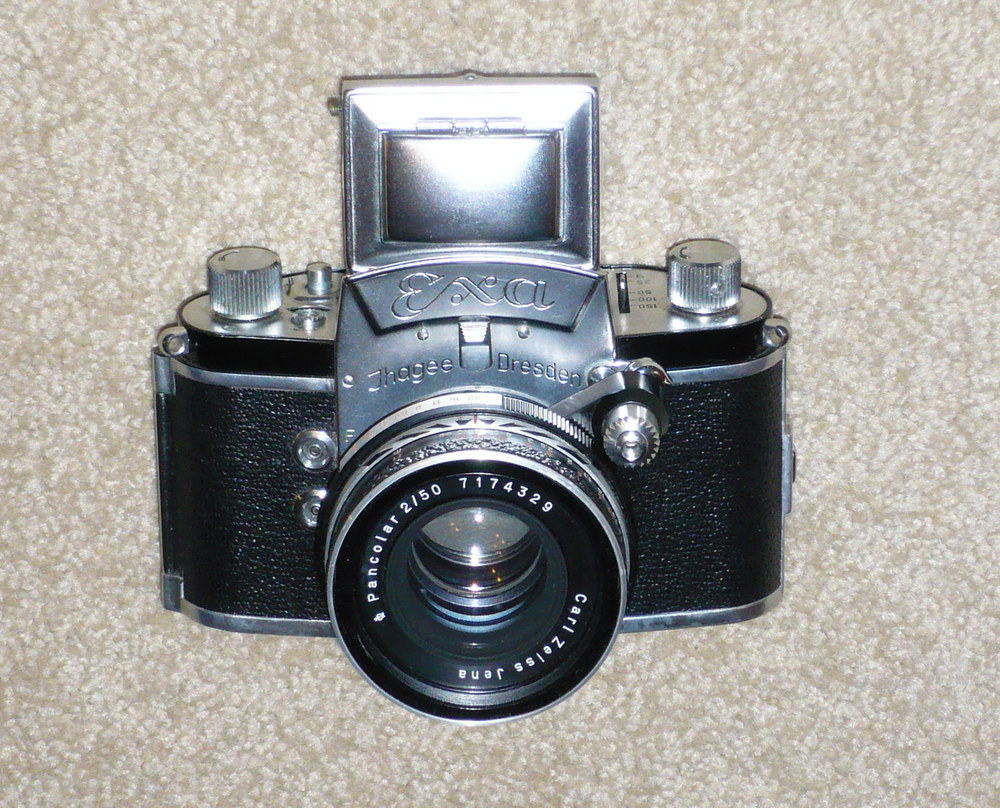|
Manual Focus
In the field of photography, a manual focus camera is one in which the user has to adjust the focus of the lens by hand. Before the advent of autofocus, all cameras had manually adjusted focusing; thus, the term is a retronym. The focus itself may be adjusted in a variety of ways. Larger view cameras and the like slide the lens closer or further from the film plane on rails; on smaller cameras, a focus ring on the lens is often rotated to move the lens elements by means of a helical screw. Other systems include levers on the lens or on the camera body. There are a number of ways in which focus may be determined. Simplest is using a distance scale and measuring or estimating distance to the subject. Other methods include the rangefinder, which uses triangulation to determine the distance. On other cameras, the photographer examines the focus directly by means of a focusing screen. On the view camera, this ground glass is placed where the film will ultimately go, and is repla ... [...More Info...] [...Related Items...] OR: [Wikipedia] [Google] [Baidu] |
Photography
Photography is the visual arts, art, application, and practice of creating images by recording light, either electronically by means of an image sensor, or chemically by means of a light-sensitive material such as photographic film. It is employed in many fields of science, manufacturing (e.g., photolithography), and business, as well as its more direct uses for art, film and video production, recreational purposes, hobby, and mass communication. A person who operates a camera to capture or take Photograph, photographs is called a photographer, while the captured image, also known as a photograph, is the result produced by the camera. Typically, a lens is used to focus (optics), focus the light reflected or emitted from objects into a real image on the light-sensitive surface inside a camera during a timed Exposure (photography), exposure. With an electronic image sensor, this produces an Charge-coupled device, electrical charge at each pixel, which is Image processing, electro ... [...More Info...] [...Related Items...] OR: [Wikipedia] [Google] [Baidu] |
Camera
A camera is an instrument used to capture and store images and videos, either digitally via an electronic image sensor, or chemically via a light-sensitive material such as photographic film. As a pivotal technology in the fields of photography and videography, cameras have played a significant role in the progression of visual arts, media, entertainment, surveillance, and scientific research. The invention of the camera dates back to the 19th century and has since evolved with advancements in technology, leading to a vast array of types and models in the 21st century. Cameras function through a combination of multiple mechanical components and principles. These include exposure control, which regulates the amount of light reaching the sensor or film; the lens, which focuses the light; the viewfinder, which allows the user to preview the scene; and the film or sensor, which captures the image. Several types of camera exist, each suited to specific uses and offering unique cap ... [...More Info...] [...Related Items...] OR: [Wikipedia] [Google] [Baidu] |
Focus (optics)
In geometrical optics, a focus, also called an image point, is a point where ray (optics), light rays originating from a point on the object vergence (optics), converge. Although the focus is conceptually a point, physically the focus has a spatial extent, called the circle of confusion, blur circle. This non-ideal focusing may be caused by optical aberration, aberrations of the imaging optics. Even in the absence of aberrations, the smallest possible blur circle is the Airy disc caused by diffraction from the optical system's aperture; diffraction is the ultimate limit to the light focusing ability of any optical system. Aberrations tend to worsen as the aperture diameter increases, while the Airy circle is smallest for large apertures. An image, or image point or region, is in focus if light from object points is converged almost as much as possible in the image, and defocus aberration, out of focus if light is not well converged. The border between these is sometimes define ... [...More Info...] [...Related Items...] OR: [Wikipedia] [Google] [Baidu] |
Photographic Lens
A camera lens, photographic lens or photographic objective is an optical lens (optics), lens or assembly of lenses (compound lens) used in conjunction with a camera body and mechanism to Imaging, make images of objects either on photographic film or on other media capable of storing an image Photosensitivity, chemically or Image sensor, electronically. There is no major difference in principle between a lens used for a still camera, a video camera, a telescope, a microscope, or other apparatus, but the details of design and construction are different. A lens might be permanently fixed to a camera, or it might be interchangeable lens camera, interchangeable with lenses of different focal lengths, apertures, and other properties. While in principle a simple lens, simple convex lens will suffice, in practice a compound lens made up of a number of optical lens elements is required to correct (as much as possible) the many optical aberrations that arise. Some aberrations will be prese ... [...More Info...] [...Related Items...] OR: [Wikipedia] [Google] [Baidu] |
Autofocus
An autofocus (AF) optical system uses a sensor, a control system and a motor to focus on an automatically or manually selected point or area. An electronic rangefinder has a display instead of the motor; the adjustment of the optical system has to be done manually until indication. Autofocus methods are distinguished as active, passive or hybrid types. Autofocus systems rely on one or more sensors to determine correct focus. Some AF systems rely on a single sensor, while others use an array of sensors. Most modern SLR cameras use through-the-lens optical sensors, with a separate sensor array providing light metering, although the latter can be programmed to prioritize its metering to the same area as one or more of the AF sensors. Through-the-lens optical autofocusing is usually speedier and more precise than manual focus with an ordinary viewfinder, although more precise manual focus can be achieved with special accessories such as focusing magnifiers. Autofocus accur ... [...More Info...] [...Related Items...] OR: [Wikipedia] [Google] [Baidu] |
Retronym
A retronym is a newer name for something that differentiates it from something else that is newer, similar, or seen in everyday life; thus, avoiding confusion between the two. Etymology The term ''retronym'', a neologism composed of the combining forms '' retro-'' (from Latin , "before") + '' -nym'' (from Greek , "name"), was coined by Frank Mankiewicz in 1980 and popularized by William Safire in '' The New York Times Magazine''. In 2000, '' The American Heritage Dictionary'' (4th edition) became the first major dictionary to include the word ''retronym''. Examples The global war from 1914 to 1918 was referred to at the time as the ''Great War''. However, after the subsequent global war erupted in 1939, the phrase ''Great War'' was gradually deprecated. The first came to be known as ''World War I'' and the second as ''World War II''. The first bicycles with two wheels of equal size were called " safety bicycles" because they were easier to handle than the then-dominant ... [...More Info...] [...Related Items...] OR: [Wikipedia] [Google] [Baidu] |
View Camera
A view camera is a large format, large-format camera in which the large format lens, lens forms an erect image, inverted image on a ground glass, ground-glass screen directly at the film plane. The image is viewed, composed, and focused, then the glass screen is replaced with the photographic film, film to exposure (photography), expose exactly the same image seen on the screen. This type of camera was developed during the era of the daguerreotypeStroebel, L. D. (1986). ''View Camera Technique'', 5th ed., p. 212. Boston: Focal Press. (1840s–1850s) and is still in use, some using drive mechanisms for movement (rather than loosen-move-tighten), more scale markings, and/or more spirit levels. It comprises a flexible bellows (photography), bellows that forms a light-tight seal between two adjustable ''standards'', one of which holds a Photographic lens, lens, and the other a ground glass or a photographic film holder or a digital back.Stroebel (1986). p. 2. There are three gen ... [...More Info...] [...Related Items...] OR: [Wikipedia] [Google] [Baidu] |
Film Plane
A film plane is the surface of an image recording device such as a camera, upon which the lens creates the focused image. In cameras from different manufacturers, the film plane varies in distance from the lens. Thus each lens used has to be chosen carefully to assure that the image is focused on the exact place where the individual frame of film or digital sensor is positioned during exposure. It is sometimes marked on a camera body with the 'Φ' symbol where the vertical bar represents the exact location. Movie cameras often also have small focus hooks where the focus puller can attach one side of a tape measure to quickly gauge the distance to objects that the operator intends to bring into focus on the film. The measurement is taken from the film plane to the subject and effectively the film plane is the point in the camera where the film sits in the gate. Light measurements can also be taken at the film plane. Due to Petzval field curvature, the film plane upon which a lens ... [...More Info...] [...Related Items...] OR: [Wikipedia] [Google] [Baidu] |
Rangefinder
A rangefinder (also rangefinding telemeter, depending on the context) is a device used to Length measurement, measure distances to remote objects. Originally optical devices used in surveying, they soon found applications in other fields, such as photography, the military, and space travel. They were especially useful for finding the range of a target, such as in naval gunnery and anti-aircraft artillery. The word ''telemeter'' is derived . Designs The first rangefinder telemeter was invented by James Watt in 1769 and put to use in 1771 in surveying canals. Watt called his instrument a micrometer, a term now used with a different meaning in engineering (the micrometer screw gauge). It consisted of two parallel reticle, hairs in the focal plane of a telescope eyepiece crossing an upright hair. At the point to be measured, two sliding targets on a surveyor's rod were adjusted to align with the hairs in the telescope. The distance to the rod could then be determined from th ... [...More Info...] [...Related Items...] OR: [Wikipedia] [Google] [Baidu] |
Focusing Screen
A focusing screen is a flat translucent material, either a ground glass or Fresnel lens, found in a system camera that allows the user of the camera to preview the framed image in a viewfinder. Often, focusing screens are available in variants with different etched markings for various purposes. For instance, when photographing landscapes, a focusing screen with a grid allows the photographer to keep the horizon straight. Modern mirrorless cameras do not need a focusing screen since they display what the image sensor sees on a flat-panel display or electronic viewfinder. Overview The history of the focusing screen is almost as long as the history of the camera. Some primitive cameras consisted of a box with a board holding the lens in the front and a focusing screen in the back that was replaced by the imaging medium (plate, film holder) before taking the picture. The most common type of focusing screen in non-autofocus 35 mm SLR cameras is the split screen and microprism r ... [...More Info...] [...Related Items...] OR: [Wikipedia] [Google] [Baidu] |
Twin Lens Reflex
A twin-lens reflex camera (TLR) is a type of camera with two objective lenses of the same focal length. One of the lenses is the photographic objective or "taking lens" (the lens that takes the picture), while the other is used for the viewfinder system, which is usually viewed from above at waist level. In addition to the objective, the viewfinder consists of a 45-degree mirror (the reason for the word ''reflex'' in the name), a matte focusing screen at the top of the camera, and a pop-up hood surrounding it. The two objectives are connected, so that the focus shown on the focusing screen will be exactly the same as on the film. However, many inexpensive "pseudo" TLRs are fixed-focus models to save on the mechanical complexity. Most TLRs use leaf shutters with shutter speeds up to 1/500 of a second with a bulb setting. For practical purposes, all TLRs are film cameras, most often using 120 film, although there are many examples which used 620 film, 127 film, and 35 mm fil ... [...More Info...] [...Related Items...] OR: [Wikipedia] [Google] [Baidu] |
Single Lens Reflex
In photography, a single-lens reflex camera (SLR) is a type of camera that uses a mirror and prism system to allow photographers to view through the lens and see exactly what will be captured. SLRs became the dominant design for professional and consumer-level cameras throughout the late 20th century, offering interchangeable lenses, through-the-lens (TTL) metering, and precise framing. Originating in the 1930s and popularized in the 1960s and 70s, SLR technology played a crucial role in the evolution of modern photography. Although digital single-lens reflex (DSLR) cameras succeeded film-based models, the rise of mirrorless cameras in the 2010s has led to a decline in SLR use and production. With twin lens reflex and rangefinder cameras, the viewed image could be significantly different from the final image. When the shutter button is pressed on most SLRs, the mirror flips out of the light path and allows light to pass through to the light receptor and the image to be captured. ... [...More Info...] [...Related Items...] OR: [Wikipedia] [Google] [Baidu] |






